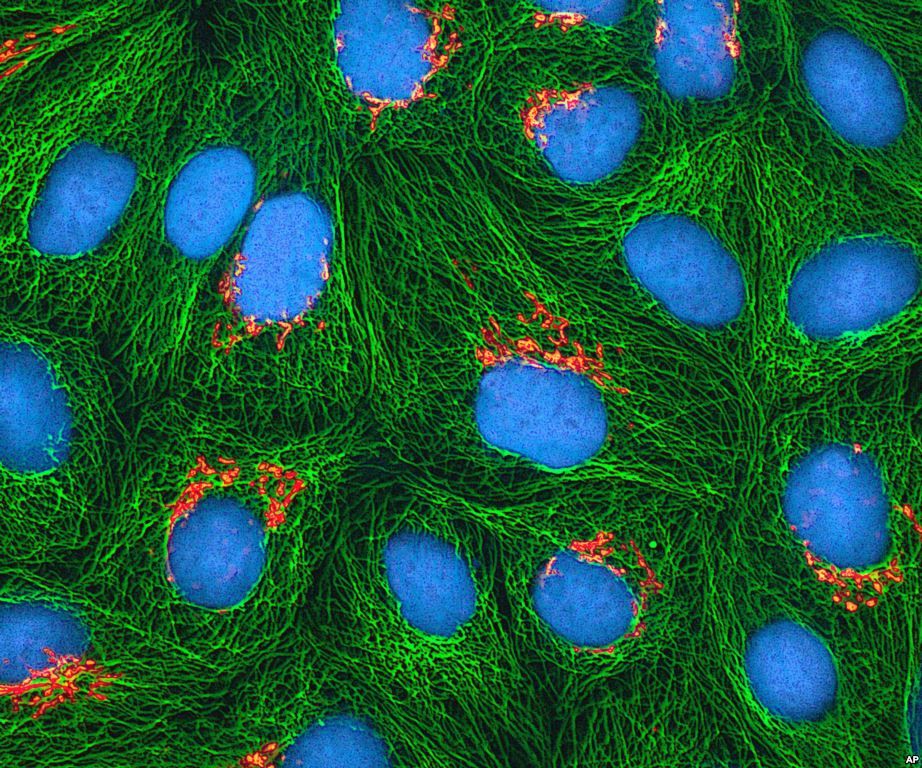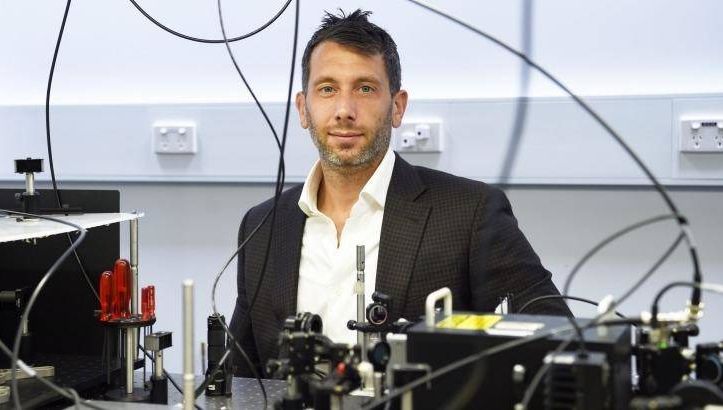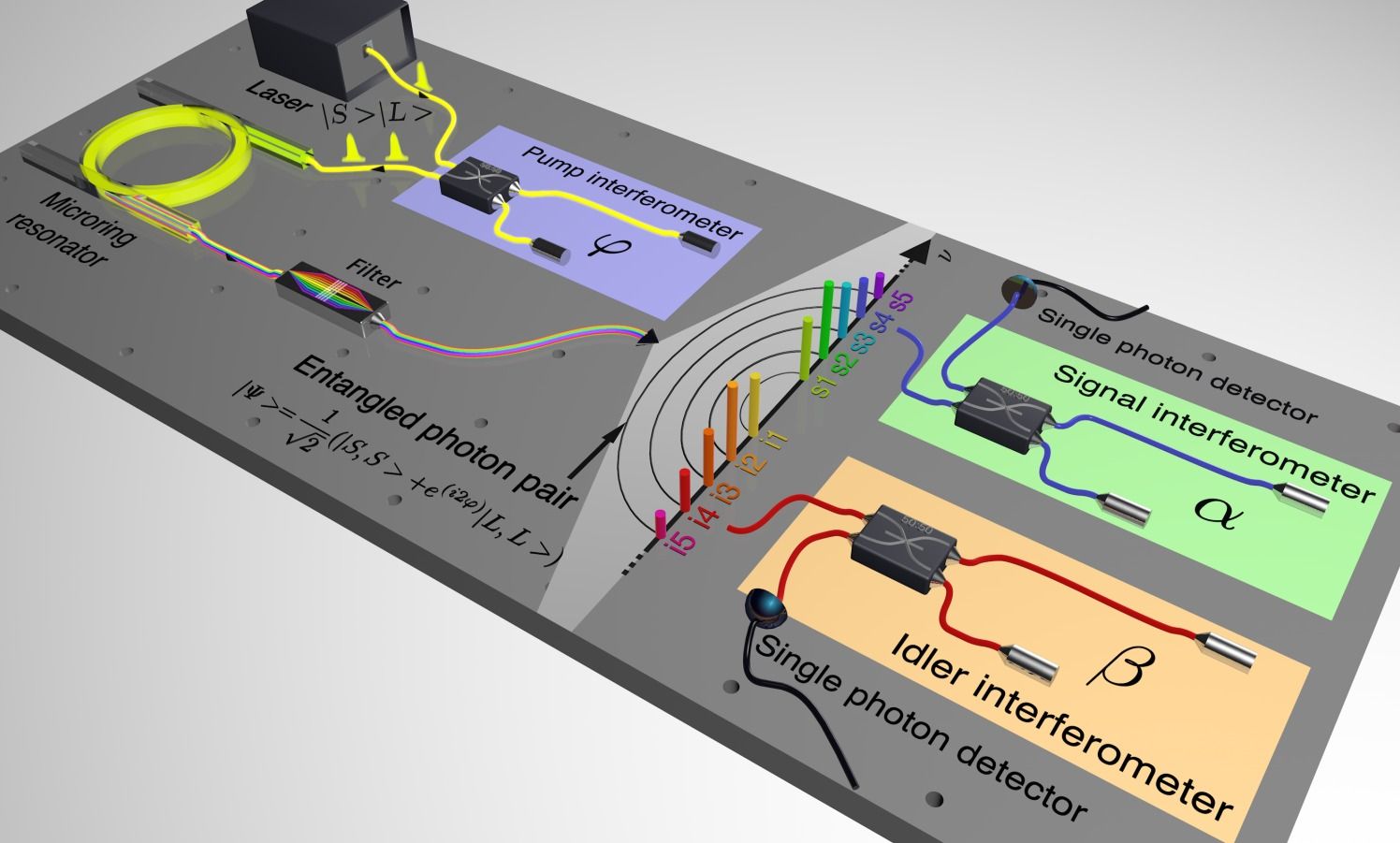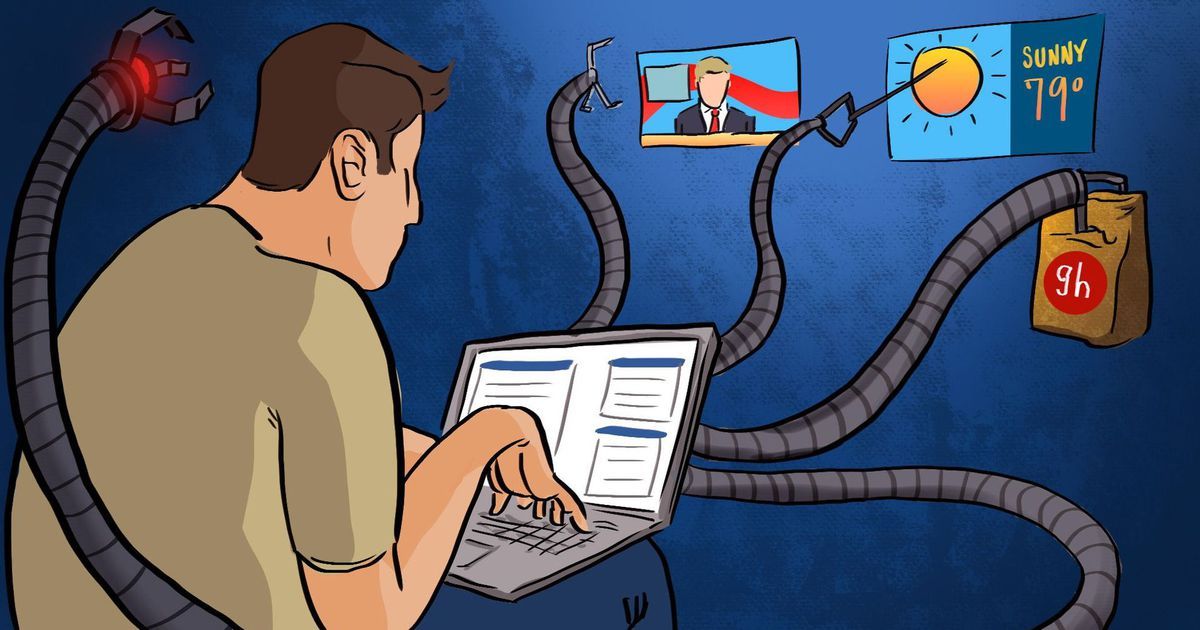Not saying that the whole Apple situation cause this; it just odd timing.
The Federal Communications Commission and Federal Trade Commission have asked mobile phone carriers and manufacturers to explain how they release security updates amid mounting concerns over security vulnerabilities, the U.S. agencies said on Monday.
The agencies have written to Apple, AT&T and Alphabet, among others, in order “to better understand, and ultimately to improve, the security of mobile devices,” the FCC said.
The FCC sent letters to six mobile phone carriers on security issues, while the FTC ordered eight mobile device manufacturers including BlackBerry, Microsoft, LG Electronics USA and Samsung Electronics America to disclose “the factors that they consider in deciding whether to patch a vulnerability on a particular mobile device.”








